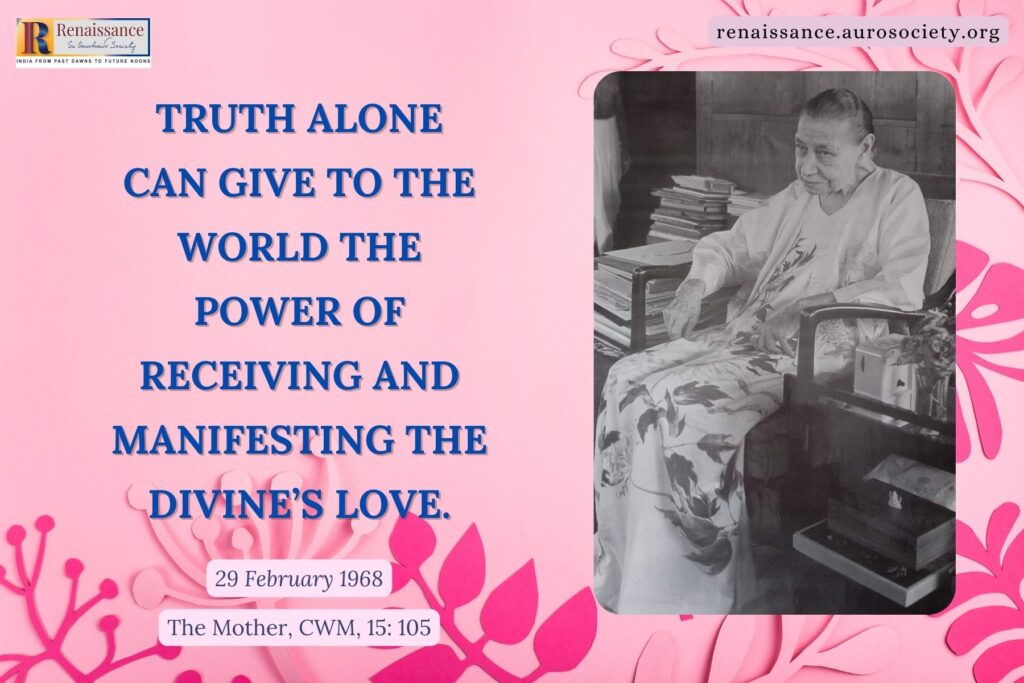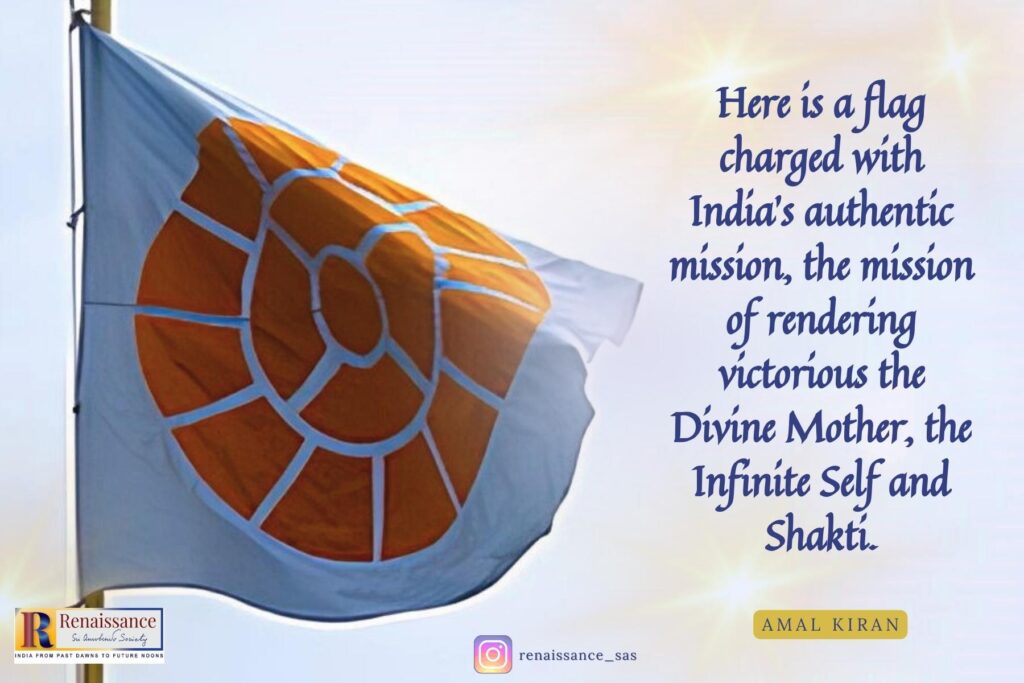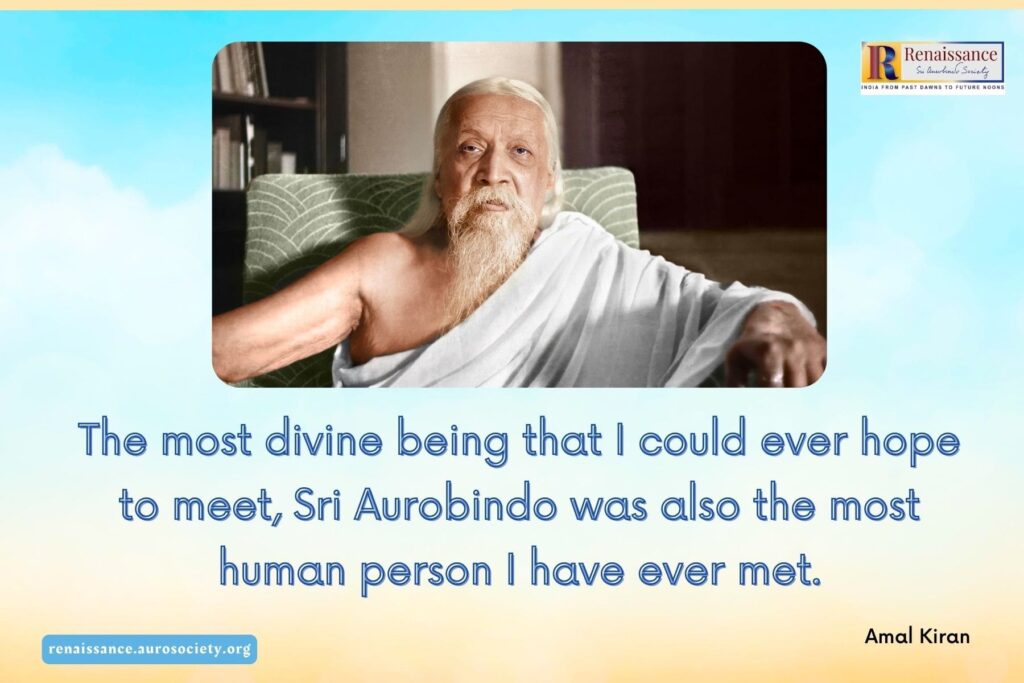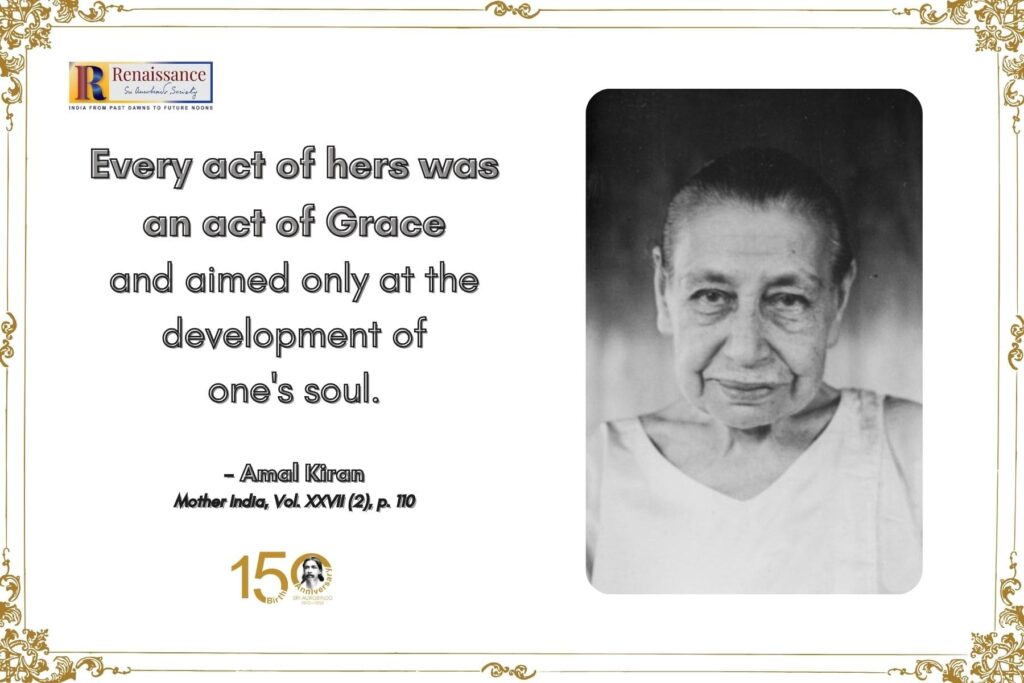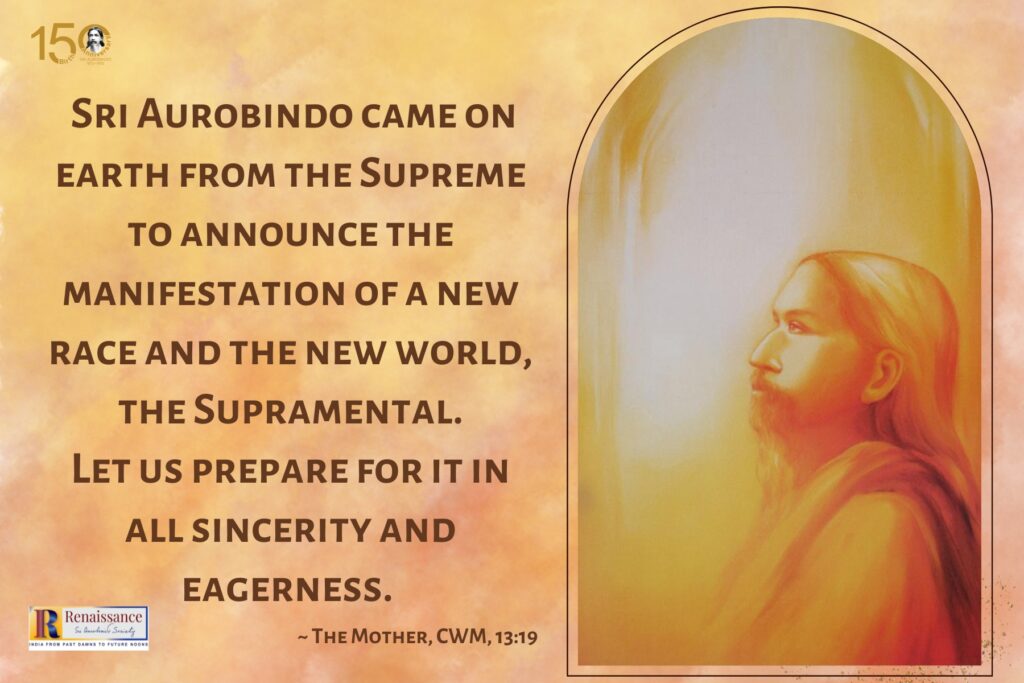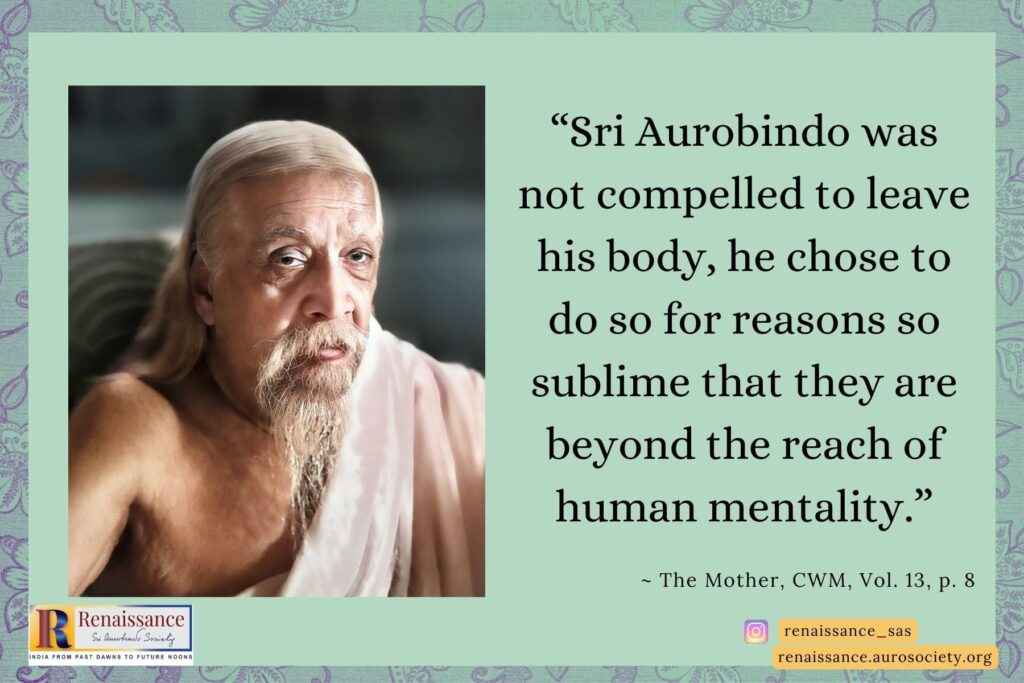Reminiscences of the Mother’s Grace
In our Book of the Month feature, we highlight some precious reminiscences of K. D. Sethna (Amal Kiran). They speak the working of the Mother’s Grace. The precise reason for featuring these extracts in the current issue has to do with the connection to the Supramental Manifestation of 29 February 1956.
Reminiscences of the Mother’s Grace Read More »

